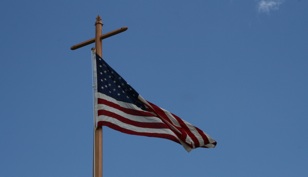Battery C 82nd Field Artillery, 1st Cav Division
Korea 1953
While in Japan, the 82nd Field Artillery Battalion transitioned to 155mm howitzers and became the Red Team's general support battalion. On 25 June 1950, North Korean forces crossed the 38th parallel and once again the 82nd was called to action. The battalion deployed with the 1st Cavalry Division as part of an unopposed amphibious landing into the Pusan Perimeter at P'chang-dong. Battery B played a key role in the defense of Waegwan and Taegu by reinforcing the fires of the 61st Field Artillery, a direct descendant of 2nd Battalion, 82nd Field Artillery. The Steel Dragons were awarded the Republic of Korea Presidential Unit Citation for their efforts at both Waegwan and Taegu. The Greek Gold Medal of Bravery was also awarded to the battalion when they fired in support of the Greek Expeditionary Force and saved it from annihilation at the hands of Chinese forces.
On 10 October 1951, after fifteen months of action, Battery B fired its one-millionth artillery round. The 1st Cavalry Division Commander, Major General Thomas L. Harrold, pulled the lanyard and fired the 155mm shell as members of Battery B and the 1st Cavalry DIVARTY Commander, Brigadier General John H. Hinds, looked on. On 1 November 1951, an aerial observer in a L-5 Plane directed fires of the 82nd Field Artillery onto columns of Chinese forces entering Korea. This action was one of the first contacts between the First Team and the Chinese. The 82nd left Korea with the 1st Cavalry Division and moved to Hokkaido, Japan in December of 1951. It remained at Camp Chitose until 15 October 1957, when it was inactivated.
